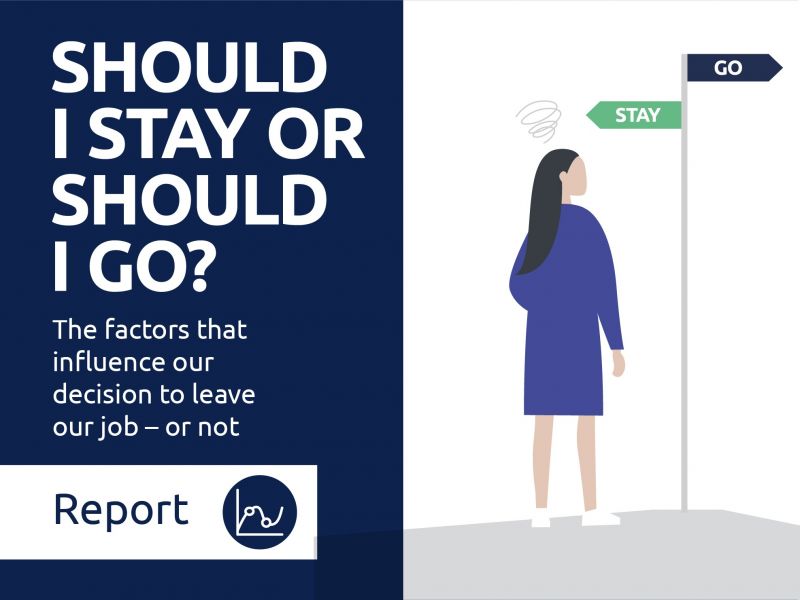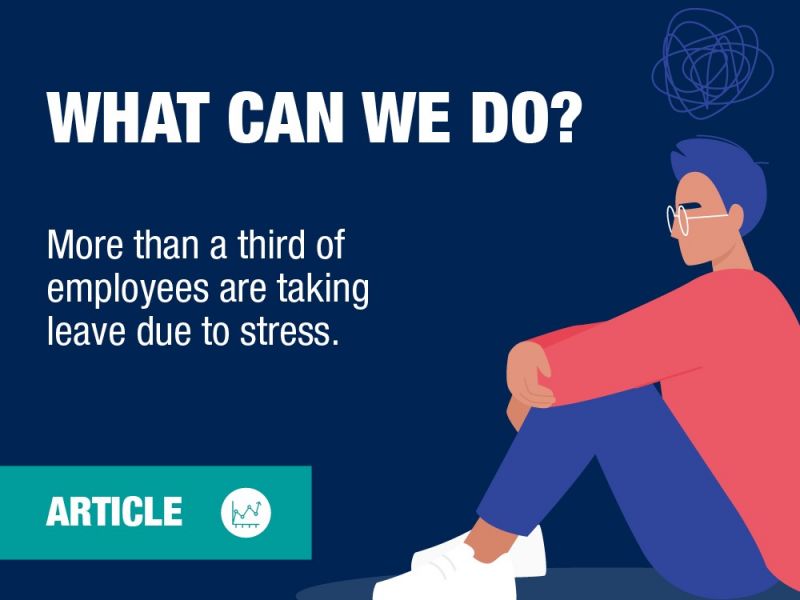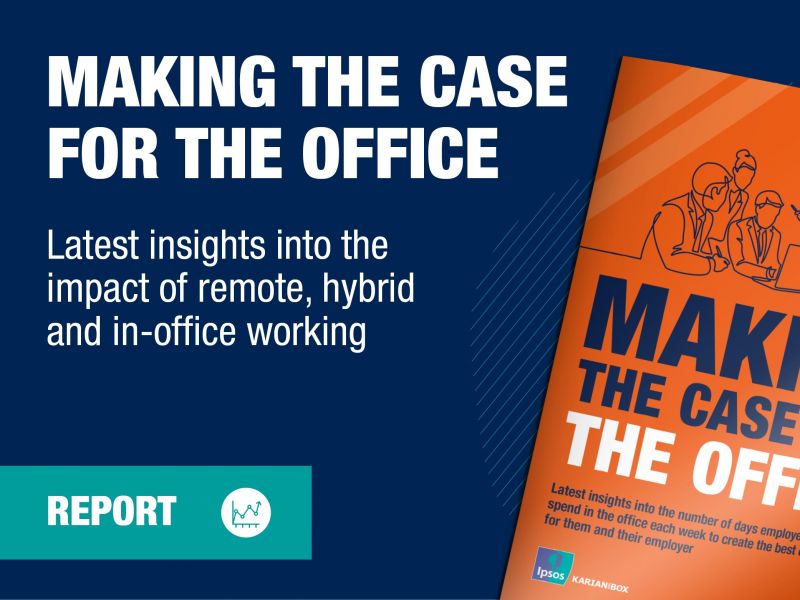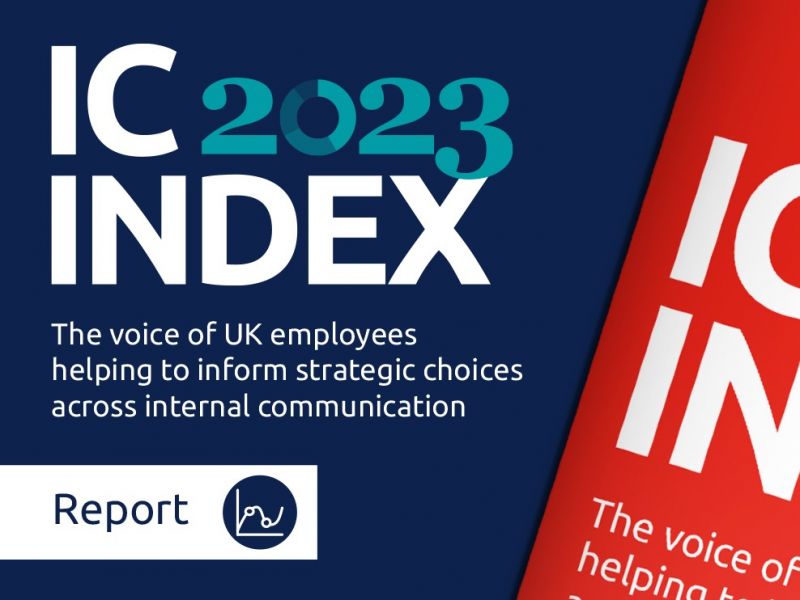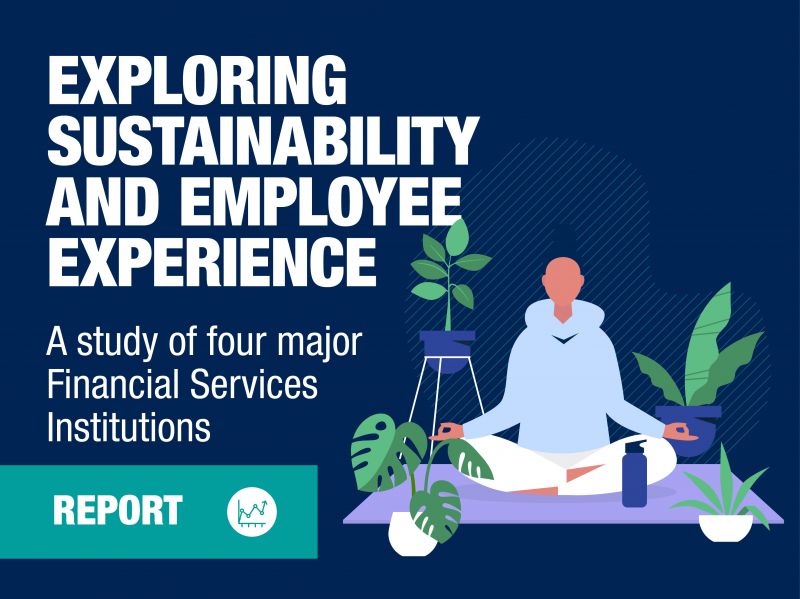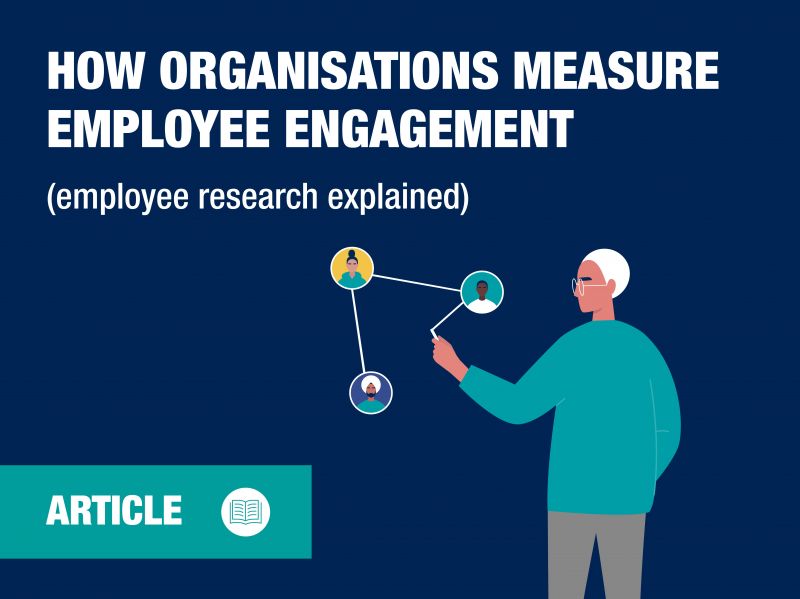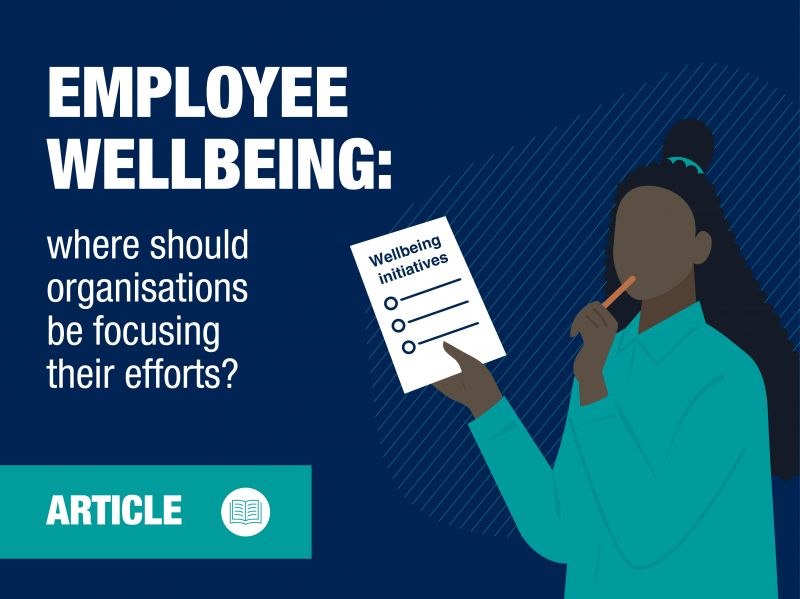Simone Marquis, Culture and Inclusion Director at The Unmistakables, a strategic consultancy offering ‘inside out inclusion’, explains the three steps leaders can take to create a more diverse and inclusive workplace.
2020, without a doubt, was a year that cemented the importance of the diversity and inclusion agenda.
Brands and businesses rushed to show their support for the big global events that defined the pandemic – George Floyd's murder and the inequalities in society that have been sharply surfaced as a result.
Now, there isn't a leader around any boardroom table that isn't grappling with the confidence and the ability to navigate what it means to be an inclusive company and who isn’t feeling confused about what they can or can’t say.
Commitments around diversity are public - now what?
Diversity and inclusion has gone beyond a nice to have – it's become a matter of business survival. The steps are simple – and it starts with ‘inside out inclusion’. Creating the strategy, culture and the buy-in across all teams, at all levels, that inclusivity is an organisational imperative.
Three steps to creating a more inclusive workplace
1. Get clear on strategy
Actions are typically reactive in panic mode - they’re performative and subject to accusations of box-ticking. Leaders need to take a more measured approach to building an authentic and relevant strategy, hooking into their purpose, mission and values.
Fixate on where change is needed and identify the strengths you have to lead that change. Inclusion has to be considered equally to any other business imperative with an assessment of the today-state and clear goals, measures and accountability.
Put it this way, if there was another area such as IT adoption that was troubling the company and the way work is done, there would be a considered strategy put in place. Any strategy needs a reality check that it is going to require sustained energy and focus to deliver cultural change.
2. Create the culture
Leaders have been forced to think again about the culture and environment that they’re creating every day, particularly when navigating what hybrid working will look like.
What worked in the past is now being challenged and those leaders who stay stuck in old models will lose out on talent and innovation. Creating a new culture blueprint is always possible and stems from making a simple decision just to ‘be’ inclusive - after all so much of what creates exclusion is made by humans. This then needs to translate into policy, decision making and practices (both the formal and crucially informal ways of doing things) with colleagues empowered to act and encouraged to keep feeding back.
Inclusion is not a destination, it’s not static, it’s a commitment. It’s a commitment to challenge biases, a commitment to seek out and welcome different perspectives and a commitment to test, learn and adapt as we try new ways of working.
3. Focus on buy-in
Diversity and inclusion agendas have a history of being disempowered and stuck in siloes. Whilst there have been active ‘sponsors’, the ownership for inclusion has been unclear. To create long-term and sustained organisational change, responsibilities have to be clearly defined with every leader and employee being held to account for the part they play.
It is a misnomer to think that a department can be inclusive within a wider system that is not, so organisations that are serious about this agenda need to be serious about system change.
Diversity and confusion
For the latest, must-know insights on the state of workplace diversity and inclusion, you can read The Unmistakables’ 2021 Diversity and Confusion report. The report highlights through rich data that people (and leaders) know that D & I is a workplace priority but don’t know what to do next, or how to talk about it – and provides solid actions to take the conversation further at your organisation.
Karian and Box are proud to call The Unmistakables our Diversity and Inclusion partner. This article was originally featured in our 2021 report 'New ways of working: the lasting impact and influence of the pandemic', which you can download for insight and advice on taking an inclusive approach to hybrid flexible working, employee wellbeing, talent management, and more.
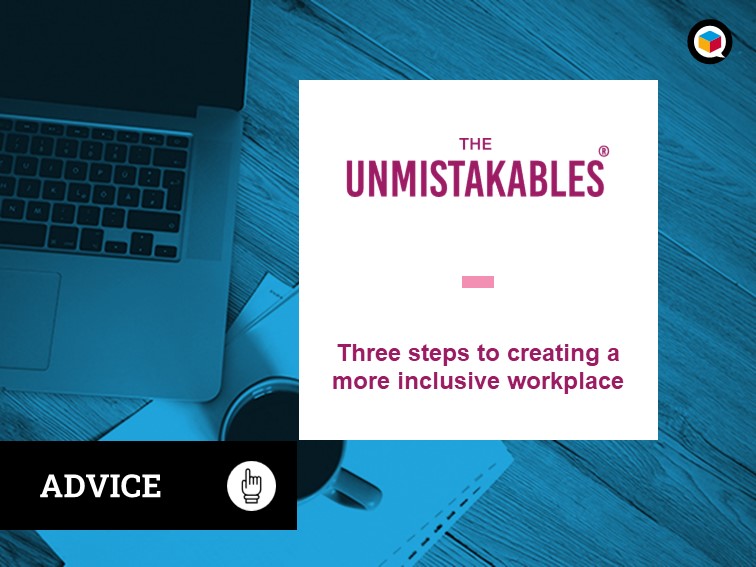
Ipsos Karian and Box
